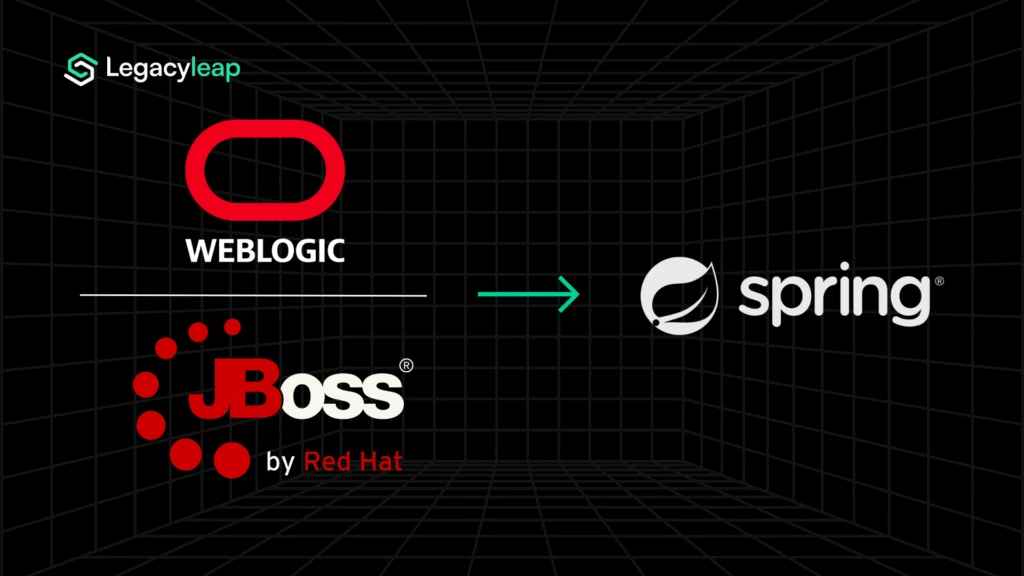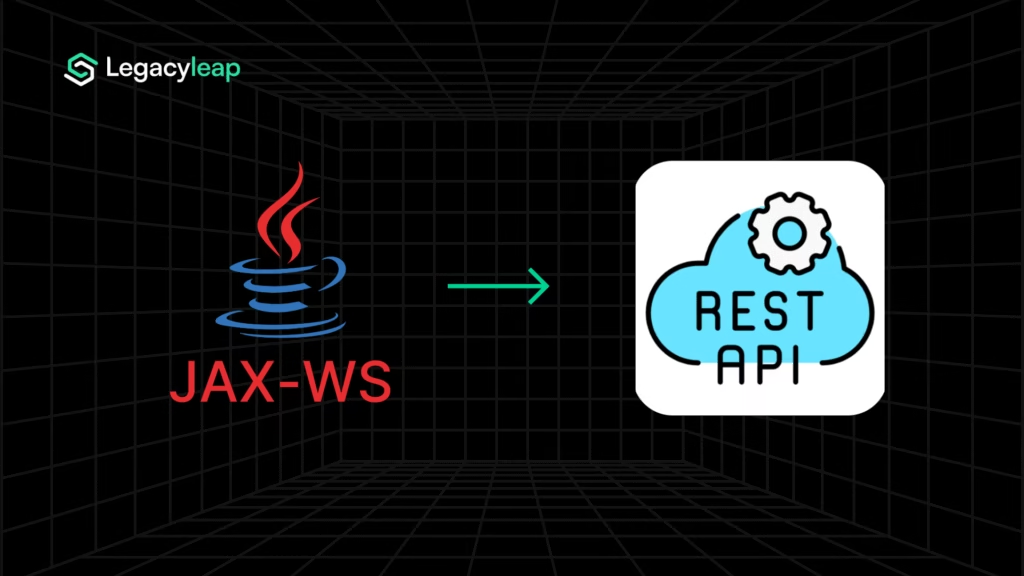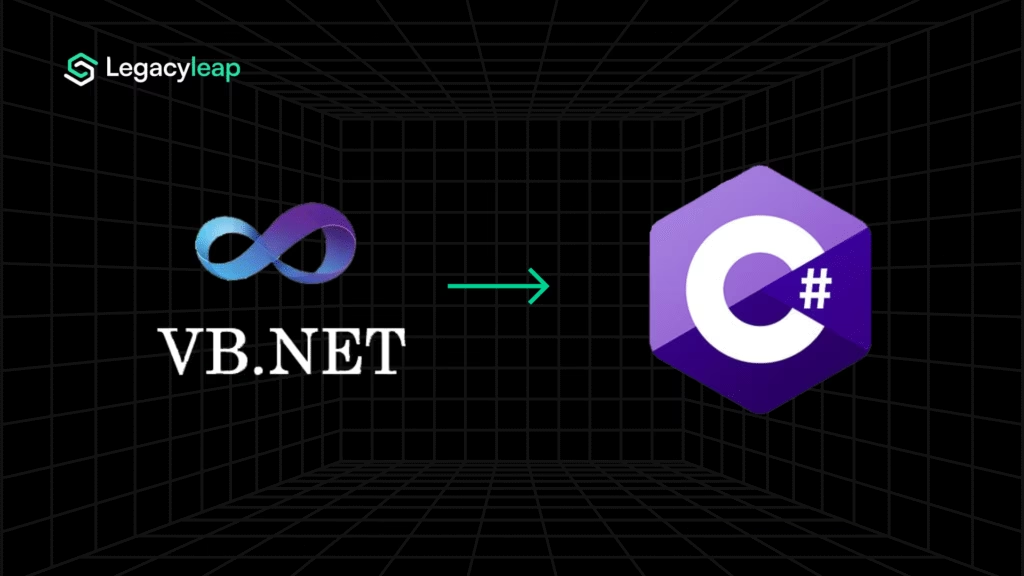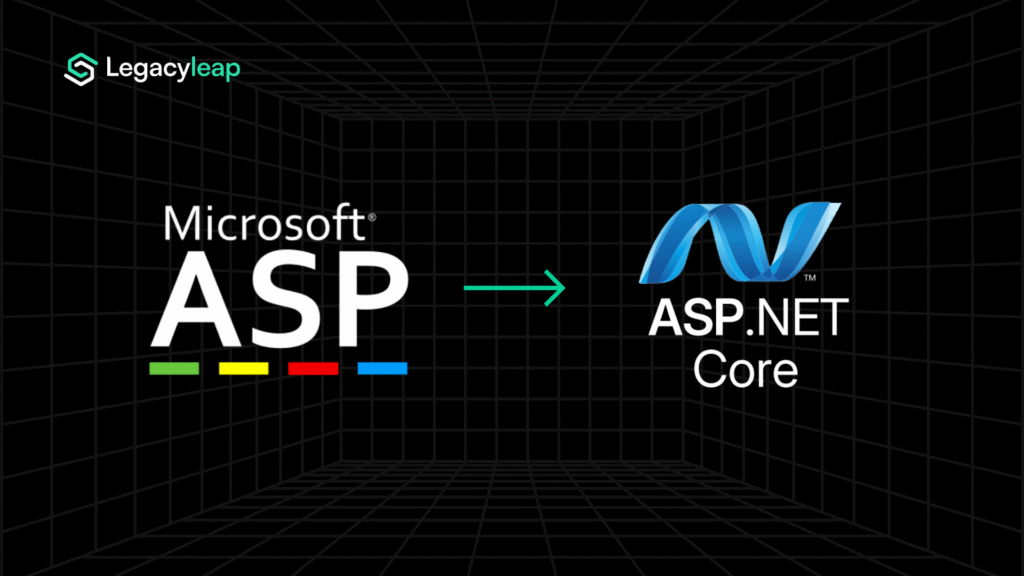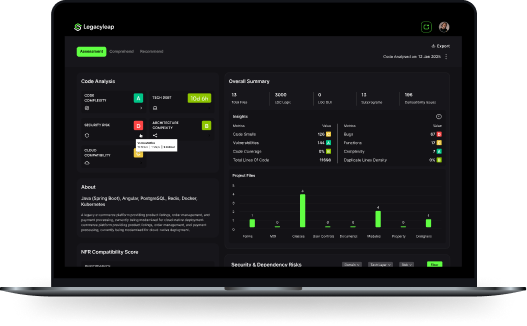Introduction: Why ADO.NET Migration Can’t Wait
Microsoft continues to support ADO.NET, but its evolution has stopped. The official roadmap makes clear that innovation is happening exclusively in Entity Framework Core (EF Core), with features like compiled queries, async streams, richer LINQ, and performance optimizations shipping only in EF Core 9 and 10.
For enterprises, the risks of staying on ADO.NET are mounting:
- Compliance exposure: Legacy constructs like TransactionScope and MSDTC are fragile in containerized or cross-platform environments, creating audit and reliability risks.
- Talent scarcity: Few developers now learn ADO.NET, while EF Core dominates tutorials, bootcamps, and job postings. The talent pool naturally clusters around EF Core, leaving ADO.NET increasingly unsupported.
- Innovation gap: ADO.NET patterns such as DataTable/DataSet or SqlDependency do not align with cloud-native .NET or Kubernetes, blocking cloud and AI adoption.
ADO.NET may still run, but it has no future. Migration to EF Core is the only way to secure long-term maintainability, access developer talent, and align with Microsoft’s ongoing investment.
This blog explores why EF Core has become the enterprise standard, the pitfalls that stall migrations, and how Gen AI with Legacyleap makes the process safer, faster, and verifiable.
Why Enterprises Are Standardizing on EF Core
Migrating from ADO.NET to EF Core means aligning with the platform that Microsoft and the developer ecosystem are actively building for. Here’s how EF Core compares to ADO.NET across the dimensions that matter most to enterprises:
| Capability | ADO.NET (Legacy) | EF Core (Current/Future) |
| Querying model | Manual SQL, DataReader/DataSet | LINQ, compiled queries, async streams |
| Cross-platform | Windows-focused | Full .NET 6/8+ cross-platform support |
| Cloud readiness | Limited | Kubernetes, containers, CI/CD integration |
| Talent availability | Shrinking | Mainstream, widely taught |
| Alignment with .NET roadmap | Static, “stable but not evolving” | Active roadmap (EF Core 9, EF Core 10) |
Key benefits for enterprises:
- Developer velocity → LINQ + async APIs cut boilerplate and align with cloud-native patterns.
- Performance efficiency → compiled queries and optimized LINQ reduce query execution time, lowering infra costs at scale.
- Cross-platform flexibility → runs seamlessly on Linux, Windows, and containers — critical for Kubernetes adoption.
- Future-proof talent pipeline → access to a large, growing developer base instead of relying on shrinking ADO.NET expertise.
EF Core provides a future-proof foundation for enterprise applications, lowering the cost of ownership, securing talent alignment, and enabling modern DevOps and AI-driven initiatives.
Also read: A Complete .NET Migration Guide for Modernizing Legacy Microsoft Stacks.
Common Pitfalls in ADO.NET to EF Core Migration and How to Avoid Them
Moving from ADO.NET to EF Core is rarely a drop-in replacement. The blockers surface in nearly every project, and each creates enterprise-scale risk if handled manually:
- Stored procedures & TVPs:
- Many ADO.NET apps are deeply coupled to stored procedures and table-valued parameters. EF Core 7+ supports mapping some CRUD ops to stored procedures, but coverage is partial.
- Enterprise risk: functionality gaps and inconsistent behavior across teams if not handled systematically.
- Many ADO.NET apps are deeply coupled to stored procedures and table-valued parameters. EF Core 7+ supports mapping some CRUD ops to stored procedures, but coverage is partial.
- DataTable / DataSet reliance:
- Disconnected DataTables and DataSets have no EF Core equivalent.
- Enterprise risk: naive rewrites break reporting workflows or lead to expensive custom re-implementations.
- Disconnected DataTables and DataSets have no EF Core equivalent.
- Bulk ingestion (SqlBulkCopy):
- ADO.NET’s SqlBulkCopy is a hot path for high-volume ingestion. EF Core has no direct equivalent, requiring third-party extensions or raw SQL.
- Enterprise risk: performance regressions that increase infra cost and delay adoption.
- ADO.NET’s SqlBulkCopy is a hot path for high-volume ingestion. EF Core has no direct equivalent, requiring third-party extensions or raw SQL.
- Transaction semantics:
- Many ADO.NET apps rely on TransactionScope or MSDTC, which don’t align with EF Core in containerized or Linux environments.
- Enterprise risk: fragile transaction handling creates compliance and reliability risks in production.
- Many ADO.NET apps rely on TransactionScope or MSDTC, which don’t align with EF Core in containerized or Linux environments.
- Phased coexistence:
- Enterprises rarely migrate everything at once. Running EF Core alongside ADO.NET requires careful connection and transaction sharing.
- Enterprise risk: underestimated complexity causes project overruns and unpredictable cutover issues.
- Enterprises rarely migrate everything at once. Running EF Core alongside ADO.NET requires careful connection and transaction sharing.
These blockers explain why manual rewrites or converter-led approaches stall. The risk isn’t EF Core itself. It’s bridging decades of embedded ADO.NET patterns safely and predictably.
How Gen AI Makes ADO.NET to EF Core Migration Predictable
Traditional methods treat ADO.NET modernization as a brute-force rewrite: thousands of stored procedures and DataTables mapped by hand, with fragile testing to catch regressions. Gen AI with compiler-grade guardrails changes the model by turning those blockers into structured, automated workflows:
- Comprehension at scale:
- Legacy code is parsed into dependency graphs and plain-English documentation. Stored procedures, transaction patterns, and DataTable usage are fully inventoried.
- Impact: leaders know exact scope and blockers before migration begins.
- Legacy code is parsed into dependency graphs and plain-English documentation. Stored procedures, transaction patterns, and DataTable usage are fully inventoried.
- Automated mapping of legacy constructs:
- Stored procedures, ADODB, and bulk ingestion calls are flagged and mapped to EF Core equivalents (or extensions like EFCore.BulkExtensions).
- Impact: early clarity on coverage gaps and substitution strategies.
- Stored procedures, ADODB, and bulk ingestion calls are flagged and mapped to EF Core equivalents (or extensions like EFCore.BulkExtensions).
- Parity-first validation:
- Regression tests are auto-generated to replay legacy workflows against EF Core implementations.
- Impact: guarantees functional parity validated before cutover.
- Regression tests are auto-generated to replay legacy workflows against EF Core implementations.
- Debt removal, not carryover:
- Inline ADO.NET code and fragile patterns (e.g., implicit TransactionScope usage) are refactored into idiomatic EF Core before deployment.
- Impact: modernization produces clean, maintainable code, not technical debt in C#.
- Inline ADO.NET code and fragile patterns (e.g., implicit TransactionScope usage) are refactored into idiomatic EF Core before deployment.
Enterprise outcome:
- Predictable scope instead of late surprises.
- Migration timelines compressed from 6–12 months to 2–4 months.
- Parity validation ensures business continuity, lowering compliance and reliability risks.
With Gen AI, ADO.NET migration becomes a managed, verifiable modernization program.
Also read: How Can Gen AI Drive Every Step of Your Modernization Journey?
Legacyleap Delivers Predictable Outcomes at Scale
What slows ADO.NET to EF Core migration isn’t EF Core itself — it’s the hidden dependencies, fragile transaction semantics, and lack of functional assurance. Legacyleap addresses these with a platform designed to deliver predictable, verifiable outcomes at enterprise scale.
How the platform supports ADO.NET migrations:
- 100% dependency coverage: Codebases are parsed into compiler-grade models (ASTs + MLIR) and stored in graph databases. Every DataTable, SqlBulkCopy, TransactionScope, and stored procedure call is inventoried before transformation.
- Systematic handling of legacy constructs:
- Stored procedures mapped to EF Core (with clear coverage gaps flagged).
- DataTable/DataSet translated into DTOs or keyless entities.
- SqlBulkCopy replaced with EFCore.BulkExtensions or raw SQL strategies.
- Outcome: blockers addressed systematically, not reactively.
- Stored procedures mapped to EF Core (with clear coverage gaps flagged).
- Compliance-ready transaction mapping: Fragile TransactionScope/MSDTC patterns are refactored into EF Core’s Unit of Work/DbContext model. This results in cross-platform reliability, reduced compliance exposure in audits.
- Functional parity guarantees: Golden workflows from ADO.NET are replayed against EF Core implementations. Regression tests are auto-generated and wired into CI/CD pipelines, ensuring 100% functional parity validated before cutover.
- Deployment artifacts built in: Helm charts, Terraform scripts, and Dockerfiles are generated automatically, enabling EF Core apps to deploy directly into Kubernetes or cloud platforms.
Enterprise outcomes:
- Predictable scope: Complete inventory of legacy usage before migration starts.
- Shorter timelines: 6–12 month migrations compressed to 2–4 months.
- Lower TCO: Performance efficiency plus reduced manual effort.
- Compliance assurance: Fragile ADO.NET transaction semantics replaced with audit-ready EF Core models.
Legacyleap doesn’t just translate ADO.NET code. It provides a modernization framework that makes migrations faster, safer, and measurable.
Plan Your ADO.NET to EF Core Migration with Confidence
ADO.NET is static. EF Core is the only ORM on Microsoft’s roadmap, delivering modern features, cross-platform support, and cloud-native alignment. For enterprises, the question is how to do it without risk.
Manual rewrites and brittle converters can’t bridge stored procedures, DataTables, bulk ingestion, and fragile transaction semantics. That’s where Legacyleap changes the playbook. With compiler-grade comprehension, systematic construct mapping, compliance-ready transaction refactoring, and CI/CD-validated parity, modernization becomes a predictable program instead of a gamble.
Start with a $0 ADO.NET to EF Core migration assessment. In just days, you’ll get a full dependency map of your ADO.NET codebase, security and risk scans, modernization feasibility, and functional documentation.
FAQs
Legacy constructs like TransactionScope, MSDTC, and inline SQL expose compliance gaps when deployed in containerized or cross-platform environments. Since ADO.NET lacks modern abstractions like DbContext and async workflows, enterprises risk failing audits, encountering runtime fragility, and accumulating unfixable tech debt.
Yes. With phased coexistence, EF Core modules can be deployed alongside ADO.NET while maintaining database consistency. Legacyleap automates connection sharing, isolates migration domains, and validates parity with CI/CD-integrated regression tests, enabling a zero-downtime migration path.
Gen AI inventories stored procedures, SqlBulkCopy, and DataTables, mapping them to EF Core or safe alternatives with compiler validation.
Yes, but EF6 is a temporary bridge. Long-term alignment and Microsoft’s roadmap require migrating to EF Core.
Enterprises reduce infra cost, gain cloud portability, and cut migration timelines by half with Gen AI-driven modernization.



